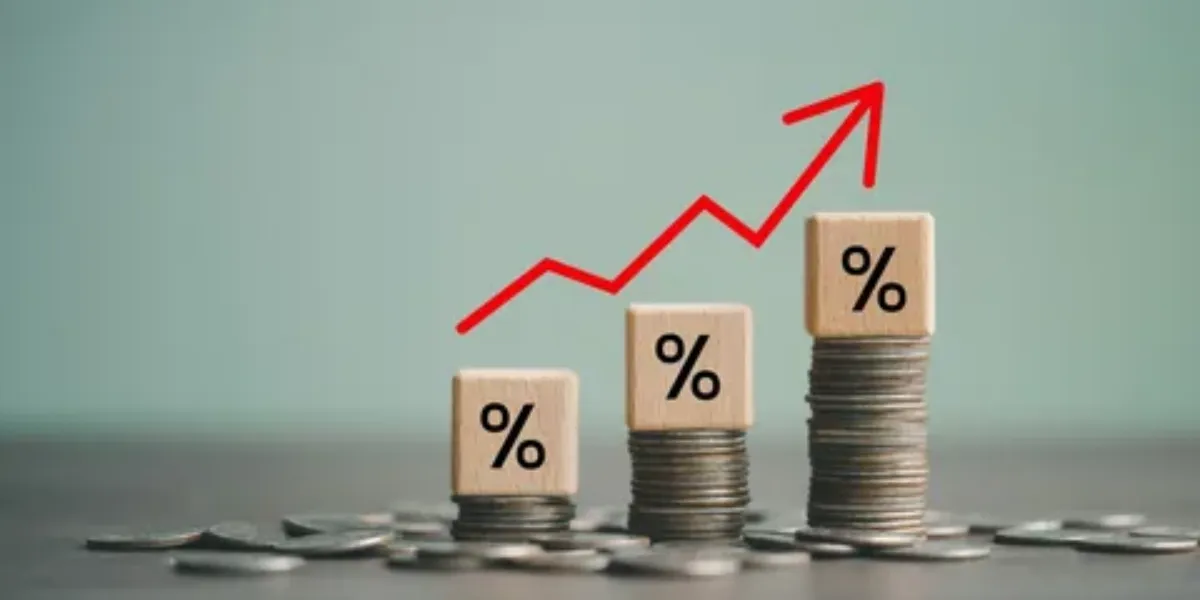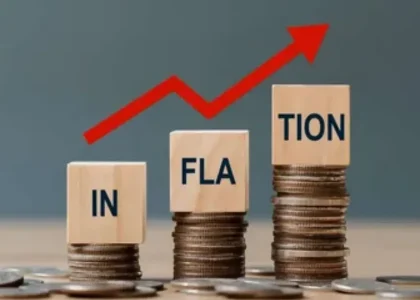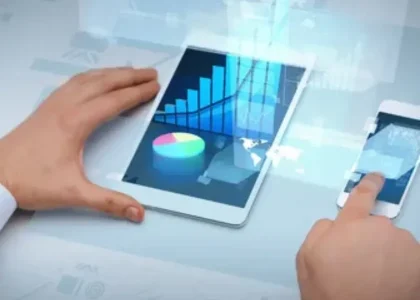What Does The Latest Inflation Data Mean For Future Rate Hikes?
Inflation and Rate Hikes

Inflation and rate hikes are two interlinked concepts that have significant implications for the economy. Inflation refers to the general increase in prices of goods and services over time, while rate hikes involve central banks raising interest rates to combat inflation. The latest inflation data is closely scrutinized by policymakers, economists, investors, and consumers alike as it provides crucial insights into the state of the economy and future monetary policy decisions.
Understanding the Latest Inflation Data
The latest inflation data typically includes metrics such as the Consumer Price Index (CPI) and the Producer Price Index (PPI). These indices measure the average change over time in the prices paid by consumers and producers for a basket of goods and services. When the inflation rate surpasses the target set by central banks, it triggers discussions about the need for rate hikes to curb inflationary pressures.
Factors Driving Inflation

Several factors contribute to inflation, including increases in demand, supply chain disruptions, rising production costs, and monetary policies. Demand-pull inflation occurs when consumer demand outpaces supply, leading to upward pressure on prices. Cost-push inflation, on the other hand, is driven by rising production costs, such as wages and raw materials. Understanding these factors is essential for interpreting the latest inflation data accurately.
Implications of Inflation on Rate Hikes
High inflation rates can erode purchasing power, reduce savings, and disrupt economic stability. To counteract inflationary pressures, central banks may opt to raise interest rates. Rate hikes make borrowing more expensive, which can dampen consumer spending and investment. However, they also help to cool down an overheating economy and bring inflation back to manageable levels.
Central Banks’ Response to Inflation

Central banks play a pivotal role in managing inflation through monetary policy tools such as interest rates and open market operations. When faced with rising inflation, central banks may choose to implement a series of rate hikes to tighten monetary conditions and restrain inflationary pressures. However, central banks must strike a delicate balance between addressing inflation and supporting economic growth.
Market Reactions to Inflation Data
Financial markets react swiftly to inflation data releases, with stock markets, bond yields, and currency values often experiencing fluctuations in response to the latest figures. Higher-than-expected inflation data can lead to increased volatility as investors reassess their expectations for future rate hikes and economic growth prospects. Understanding market reactions is crucial for investors to make informed decisions.
Historical Context of Rate Hikes

Examining historical trends in inflation and rate hikes provides valuable insights into how economies have responded to similar challenges in the past. Past instances of rate hikes and their impact on inflation and economic growth can inform policymakers and investors about potential outcomes in the current scenario. However, it’s important to recognize that each economic situation is unique and may require tailored responses.
Predictions and Forecasts by Economists
Economists analyze the latest inflation data and provide forecasts and predictions regarding future rate hikes. These forecasts are based on a range of economic indicators, statistical models, and qualitative assessments. While economists strive to provide accurate predictions, the complexity of economic systems and unexpected events can lead to uncertainties in forecasting.
Impact on Borrowing and Lending

Rate hikes influence borrowing and lending activities across various sectors of the economy. Higher interest rates increase the cost of borrowing for consumers and businesses, leading to reduced demand for loans and credit. This can have implications for consumption, investment, and economic growth. Conversely, higher interest rates may attract foreign capital inflows, strengthening the domestic currency.
Strategies for Investors Amidst Rate Hike Concerns
Investors often seek strategies to mitigate the impact of rate hikes on their investment portfolios. Diversification, hedging, and asset allocation are common tactics employed to manage risk during periods of economic uncertainty. Additionally, investors may consider reallocating their assets based on anticipated changes in interest rates and inflation expectations.
Government Policies Addressing Inflation

Governments implement various fiscal policies to address inflationary pressures and support economic stability. These policies may include taxation, government spending, and regulatory measures aimed at influencing aggregate demand and supply. Collaboration between monetary and fiscal authorities is essential for achieving sustainable economic growth while keeping inflation in check.
International Perspectives on Inflation and Rate Hikes
Inflation and rate hike discussions extend beyond national borders, with global economic interconnectedness amplifying the impact of policy decisions across countries. International organizations such as the International Monetary Fund (IMF) and the World Bank monitor inflation trends and provide policy recommendations to member states. Coordination among central banks and policymakers is crucial for addressing global economic challenges.
Navigating the Path Ahead

The latest inflation data offers valuable insights into the future trajectory of interest rates and economic conditions. While concerns about inflation and rate hikes may create uncertainty, informed decision-making based on thorough analysis and understanding of economic fundamentals can help individuals, businesses, and policymakers navigate the path ahead. By monitoring inflation trends, assessing market reactions, and implementing appropriate strategies, stakeholders can adapt to changing economic environments and pursue long-term prosperity.
Click here for more visited Posts!




